- Home
- slideshows
- miscellaneous
- The Wuhan coronavirus and SARS belong to the same family, but experts say there are key differences between the 2 outbreaks
The Wuhan coronavirus and SARS belong to the same family, but experts say there are key differences between the 2 outbreaks
The first report of the Wuhan coronavirus came on December 31, 2019. Wuhan is a city of 11 million people in the central province of Hubei, China.

According to the World Health Organization (WHO), 50% of people impacted by SARS were age 65 or older, while the other half of infected patients varied widely in age.

So far, experts report that the median age of those who have died from the Wuhan coronavirus is around 75. Many of these individuals had other health issues like high blood pressure, diabetes, and Parkinson's disease.
Adrian Hyzler, chief medical officer at Healix International, told Business Insider that children, elderly people, pregnant women, and those who are immuno-compromised are more susceptible to the Wuhan coronavirus' most severe complications.
SARS didn't spread as fast in its first three weeks as the coronavirus has, according to the WHO.
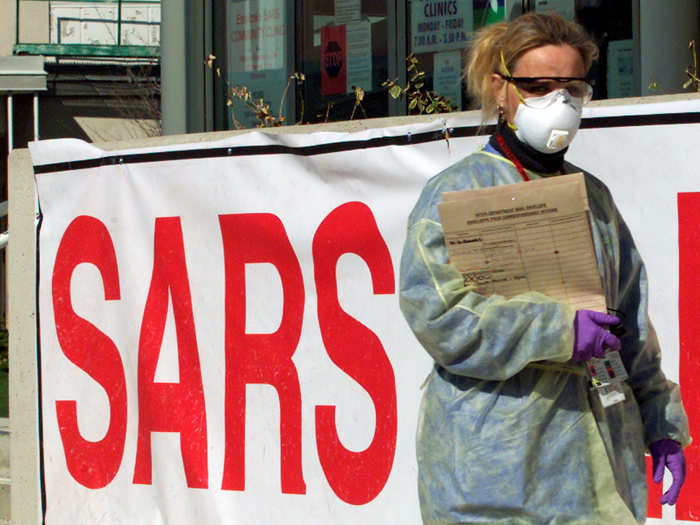
It took almost four months for SARS to spread to 1,000 people. The Wuhan coronavirus has infected more than 1,200 people in just 25 days.
"One person who's been infected can suddenly infect 10, 20, 30 people," Hyzler said of the coronavirus. "So this is what makes it much more contagious and much more of a problem."

However, SARS was far more deadly, with a fatality rate of 9.6%. The new coronavirus' fatality rate has not yet been determined with accuracy, but it seems closer to 3% or 4% so far.
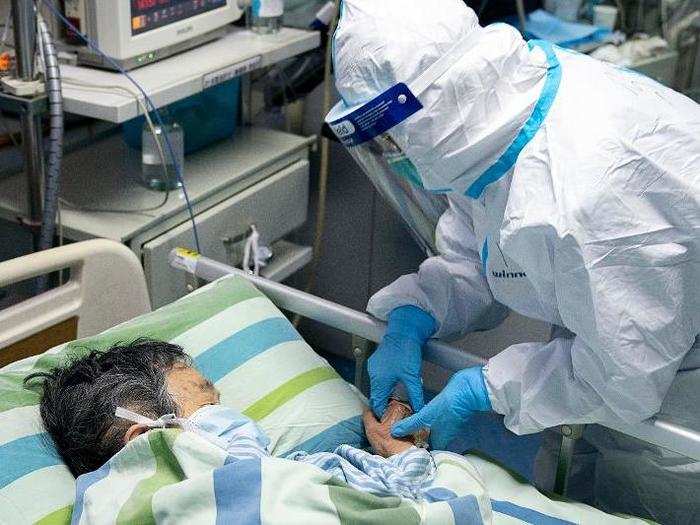
Source: CDC
One reason SARS spread to so many places around the world is that Chinese authorities initially attempted to hide the outbreak from the World Health Organization.
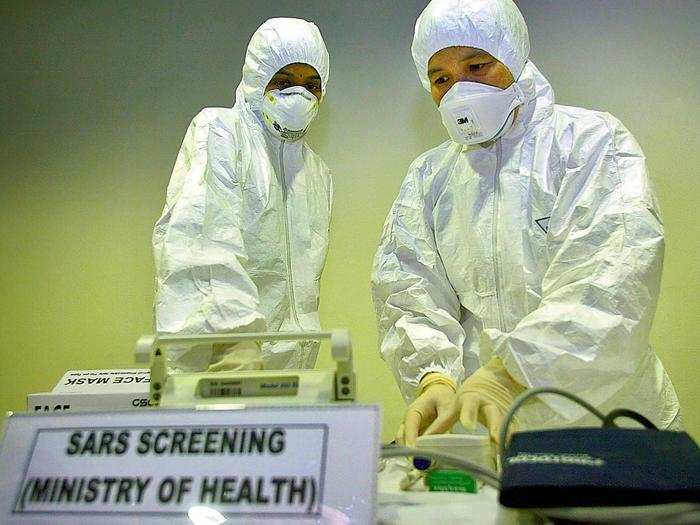
The Chinese government didn't inform the WHO about SARS until February 14, 2003. According to The Sydney Morning Herald, doctors in Beijing were ordered by authorities to hide SARS patients from WHO officials during inspections.
During the initial stages of that outbreak, the Chinese government also concealed information from the public, limiting mitigation efforts and exacerbating the spread of disease.
Liu Heng, an adviser to China's cabinet, told Reuters that this time around, China announced the outbreak to the public much more immediately.

"We are doing much better now ... We are paying greater attention to preventing the epidemic," he said on Wednesday.
Chinese public-health experts also worked to quickly share the Wuhan coronavirus' genetic information with researchers around the globe.
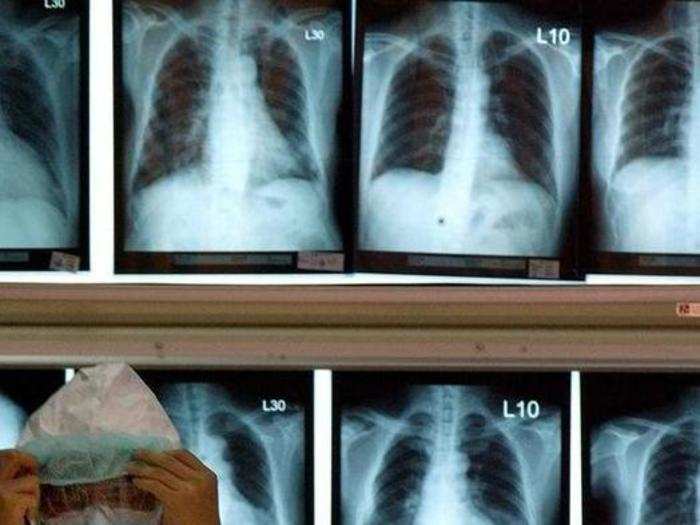
"The speed with which this virus has been identified is testament to changes in public health in China since SARS and strong global coordination through the WHO," Jeremy Farrar, a British infectious diseases specialist who also worked on combating SARS, told Reuters.
By contrast, it took four months for SARS' genome to be published.
By sharing information about the new coronavirus genome, scientists have been able to work together to analyze how the illness is spreading and mutating.
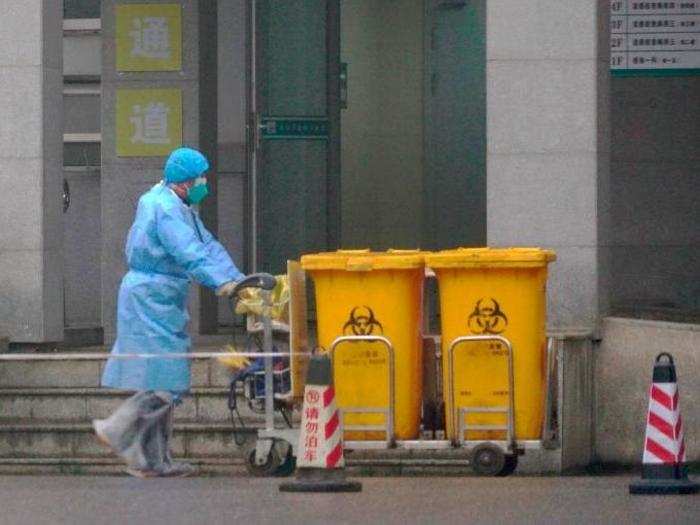
That work also helps experts track down which animal the coronavirus jumped from.
In the case of SARS, and probably this coronavirus outbreak too, bats were the original hosts. They then infected other animals via their poop or saliva, and the unwitting intermediaries transmitted the virus to humans.

"Bats and birds are considered reservoir species for viruses with pandemic potential," Bart Haagmans, a virologist at the Erasmus Medical Center in Rotterdam, Netherlands, told Business Insider.
SARS jumped from bats to weasel-like mammals called masked palm civets, then to humans.
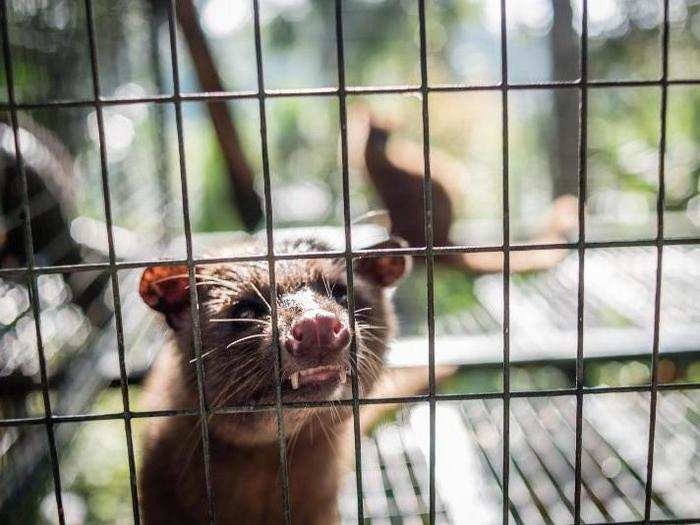
According to a group of scientists who edit the Journal of Medical Virology, the culprit spreading the Wuhan coronavirus could be the Chinese cobra, but that has yet to be confirmed.
An analysis showed that the genetic building blocks of the Wuhan coronavirus closely resembled that of snakes.
Here are five viruses that most likely came from bats, and how the outbreaks compare.
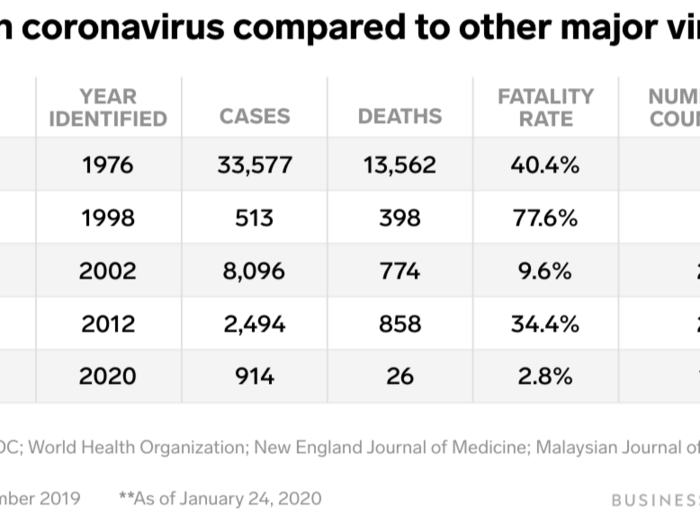
Researchers traced SARS to a population of horseshoe bats in China's Yunnan province. These bats lived in a cave just 1.1 kilometer from the nearest village.
Another major difference between the SARS outbreak and the current outbreak is that this time, Chinese authorities quickly instituted travel lock-downs.

Authorities quarantined Wuhan on Thursday at 10 a.m. local time, halting all public transportation, including city buses, trains, and ferries. The order prevents any buses or trains from coming into or leaving the city and grounds all planes at the Wuhan airport.
Just before midnight on Thursday, the city of Huanggang went into lockdown as well, as authorities closed subway and train stations. By the following day, 10 additional cities — Chibi, Enshi, Ezhou, Huangshi, Suizhou, Qianjjiang, Xianning, Xiantao, Yichang, and Zhijiang — had followed suit with their own travel restrictions.
Tedros Adhanom Ghebreyesus, the director-general of the World Health Organization, said these efforts to quarantine cities will help Chinese authorities control the virus' spread and "minimize the chances of this outbreak spreading internationally."

"What they're doing is a very, very strong measure, and with full commitment," Ghebreyesus said in press conference on Wednesday.
These restrictions affect about 33 million people in China.
When it came to SARS, it took at least four months for officials to institute any quarantine measures.
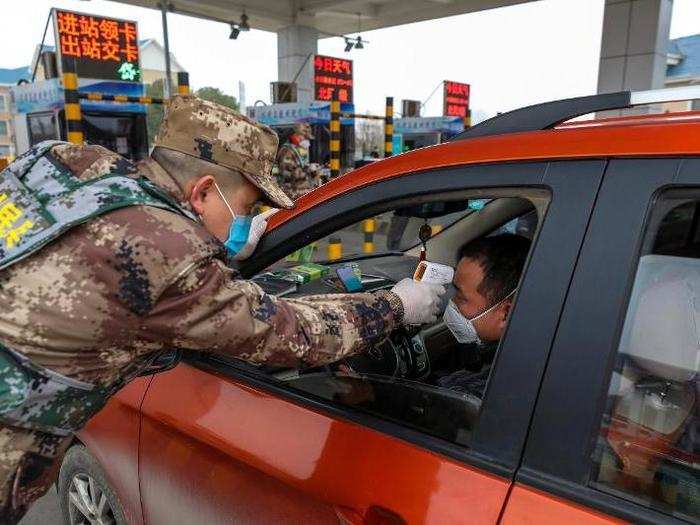
Anthony Fauci, a disease expert at the National Institutes of Health, told CNBC that China is "doing much better this time" than with SARS.
Neither SARS nor the Wuhan coronavirus has a vaccine.
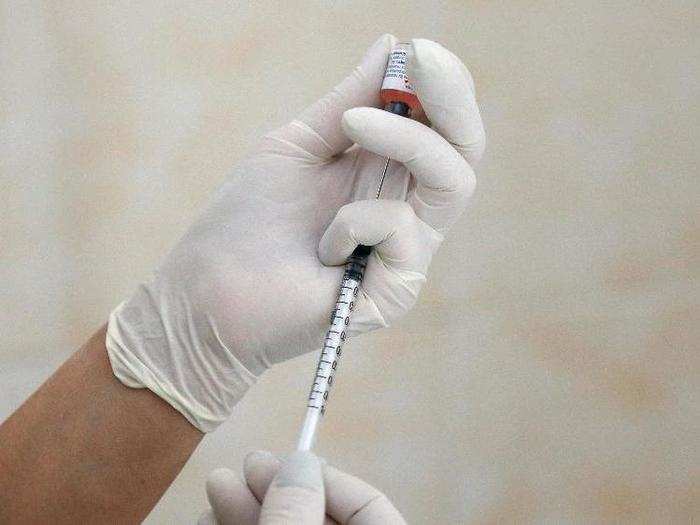
"If Wuhan were to explode, a vaccine best-case scenario is three-quarters of a year, if not longer," Vincent Munster, a virologist at the Rocky Mountain Laboratories, told Business Insider.
Several companies, including Moderna, Novavax, and Inovio, have announced preliminary vaccine development plans. But vaccine development has historically been an arduous, multi-year process (the Ebola vaccine took 20 years to make). None of the companies provided expected timelines to get their vaccines to market.
The Wuhan coronavirus, unlike SARS, isn't considered a pandemic.
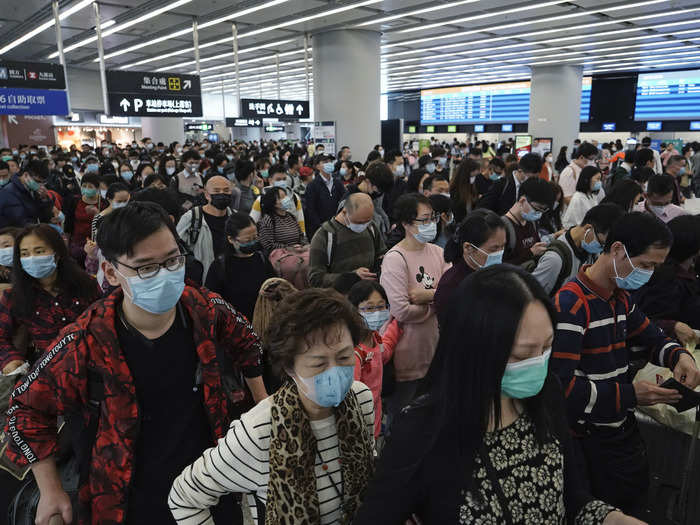
The World Health Organization has not declared it a global public-health emergency, either.
Popular Right Now
Popular Keywords
Advertisement